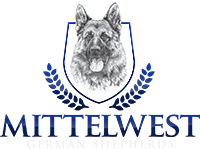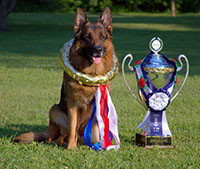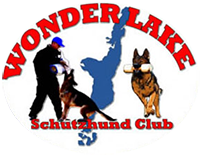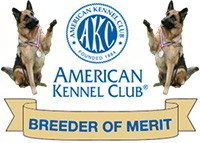TL;DR:
Shedding in German Shepherds is a regular occurrence, especially during seasonal changes. However, sudden, excessive, or patchy shedding may indicate allergies, stress, parasites, or diet-related issues. Grooming, diet, and vet visits help manage it.
German Shepherds are revered for their loyalty, sharp instincts, and confidence. These remarkable dogs thrive in high-energy households and often serve in roles where intelligence and alertness are vital.
Living with one also means living with fur. German Shepherds shed year-round, and that’s not always a problem—until it is. Recognizing the line between normal and abnormal shedding makes a big difference.
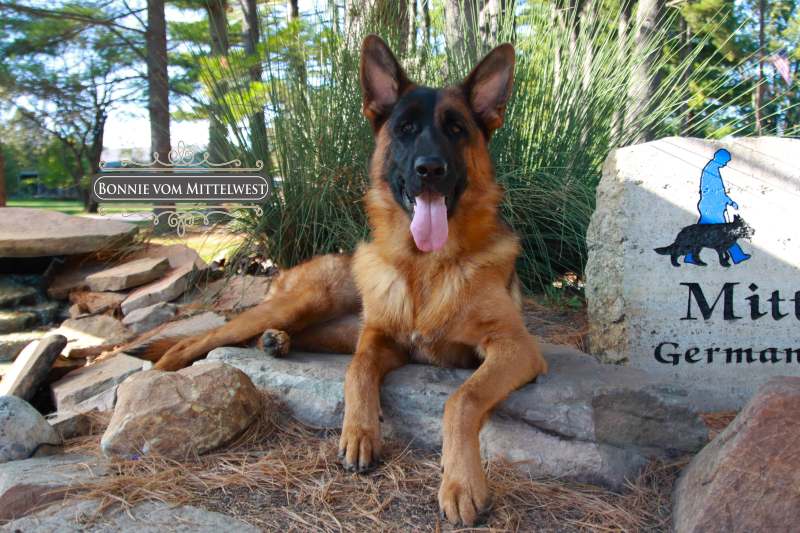
Do German Shepherds Shed A Lot?
Yes, and it’s not a flaw—it’s a feature. GSD’s double coat helps handle extreme weather. It protects against heat, cold, and rain, and features a built-in shedding cycle.
German Shepherds “blow” their coats twice a year—in spring and fall. These periods bring intense shedding. Outside of those times, they still shed moderately, especially in dry indoor climates.
That’s the baseline. Anything more intense or irregular might raise a red flag. Knowing this helps you pinpoint when shedding is a sign of something more serious.
What Is Normal Shedding?
Normal shedding keeps the coat healthy and allows new hair to grow in. It’s nature’s way of refreshing a protective layer for your dog’s skin.
During spring, the thick winter undercoat comes off in tufts. In fall, new growth prepares the body for colder months. Both times, expect fur to be everywhere.
If the hair loss appears even, and your dog’s skin looks clean and calm, it’s likely normal. But if fur comes out in clumps or exposes skin, something else may be at play.
What Are The Signs It May Be A Health Concern?
When shedding patterns shift suddenly or become extreme, it’s time to pay closer attention. Changes in fur texture, behavior, or skin condition may indicate underlying health issues. Some of the warning signs include:
- Bald patches or scabs.
- Dull, dry, or greasy coat.
- Scratching or licking one area repeatedly.
- Redness or swelling beneath the fur.
Hair loss isn’t always a grooming issue. Let’s walk through some of the most common medical or environmental causes behind unusual shedding.
Poor Nutrition
A healthy coat starts with what goes in the bowl. When a dog doesn’t get enough nutrients, especially protein and fatty acids, hair becomes brittle and falls out more easily.
Cheaper dog foods may lack key ingredients that nourish the skin and coat. Switching to a premium formula often brings visible improvements in a matter of weeks.
Always feed your dog based on their size, age, and activity level. Malnourishment isn’t always about food quantity—it’s about quality.
Allergies
Environmental or food allergies can wreak havoc on a dog’s skin. A common reaction is excessive scratching, which leads to hair loss.
Dust, mold, pollen, and even chicken or grains can trigger reactions. You might also notice watery eyes, sneezing, or red paws.
Allergy symptoms often escalate over time. If left untreated, your dog’s coat and comfort will suffer.
Parasites
Fleas and mites do more than bite. They cause itchiness that leads to over-grooming, raw skin, and localized bald spots.
Some dogs are more sensitive to the effects of flea saliva than others. One bite could cause a hot spot or lead to patchy shedding.
Look for signs such as flea dirt, scabbing, or a sudden obsession with a specific area, especially the tail or inner thighs.
Hormonal Imbalances
When the thyroid or adrenal glands aren’t working correctly, coat issues follow. These imbalances slow hair growth and weaken skin integrity.
Dogs with hypothyroidism often gain weight, lose energy, and develop dry, thinning fur. Treatment is usually straightforward with medication.
If you suspect a deeper issue, your vet may run blood tests to check hormone levels.
Stress
Shedding isn’t just physical—it can also be emotional. Dogs under stress may over-groom or shed excessively, even in the absence of any apparent skin problems.
Triggers can include moving to a new home, changes in routine, or even loud noises. Over time, stress shows up through fur loss or behavioral changes.
Keeping routines predictable and environments calm can do wonders. Some cases benefit from training or calming supplements.
How Can You Manage Shedding At Home?
You can’t make shedding stop, but you can make it manageable. With consistent grooming and a bit of prep, fur overload becomes just another chore, not a crisis. Let’s cover your primary tools and strategies.
Brushing Techniques
Brushing is your first line of defense. It removes dead hair, prevents matting, and spreads oils that protect the skin.
Effective tools include:
- Undercoat rakes: Ideal for removing deep coats.
- Slicker brushes: Ideal for daily use.
- Deshedding blades: Perfect during heavy blowout periods.
Start brushing several times per week. During high-shed seasons, make it a daily practice. Your dog will love the extra attention.
Bathing Tips
Bathing helps loosen and remove shedding hair, as well as allergens, dirt, and excess oils. However, excessive washing can dry out the skin. Stick to this schedule:
- Once every 6–8 weeks (unless extra dirty).
- Use gentle, moisturizing shampoo.
- Rinse thoroughly to avoid residue.
Towel dry gently or use a low-heat setting on the blow dryer if your dog tolerates it.
Hydration & Supplements
Hydration plays a vital yet often overlooked role. Skin that’s well-hydrated from the inside out holds onto hair better.
Omega-3 supplements from fish oil or flaxseed can reduce inflammation and keep the coat shiny. Ask your veterinarian for the correct dosage based on your dog’s weight.
When To See The Vet
If shedding shifts suddenly or pairs with other symptoms, schedule a check-up. Your vet can identify internal causes you might miss.
Keep notes on:
- Changes in diet.
- Skin appearance.
- New stressors or medications.
Early detection means faster, easier treatment. And your dog avoids discomfort in the process.
What Else Affects The Coat Beyond Shedding?
German Shepherds don’t just shed because of the season. Several other factors can influence the quality and behavior of their coat.
Environment
Dry air, dust, and poor ventilation can irritate skin. Dogs kept indoors with central heat may shed more due to dry conditions. Using a humidifier and vacuuming regularly can reduce environmental triggers.
Age
As dogs age, their hair growth slows. Older dogs may shed less frequently but more noticeably, as fur becomes finer and slower to regrow. Regular grooming helps maintain coat health into their senior years.
Medications
Steroids, allergy medications, and other prescriptions may cause shedding. Always ask about potential side effects when starting a new treatment. If fur loss begins after a new medication, report it to your vet right away.
Why Does Mittelwest Know Shepherds Best?
 Mittelwest doesn’t just breed German Shepherds—we specialize in understanding every part of them, from nose to tail.
Mittelwest doesn’t just breed German Shepherds—we specialize in understanding every part of them, from nose to tail.
We prioritize health from the very beginning. We feed our puppies with premium diets and raise them in enriching environments. We know how to care for them to achieve a healthy coat.
Mittelwest also offers unmatched guidance after adoption. From grooming routines to nutrition plans, we help owners care for their dogs long after bringing them home.
We focus on responsible breeding, which reduces the risk of inherited coat and skin conditions. Every puppy is a product of thoughtful pairing and precise care.
Whether you’re dealing with your first shedding season or raising a working dog, Mittelwest gives you the support and information you need.
Shedding isn’t just part of owning a German Shepherd—it’s a signal. Most of the time, it’s completely normal. But sometimes, it’s your dog telling you something’s off. However, with regular grooming, good nutrition, and a watchful eye, you’ll keep shedding under control.
Mittelwest provides more than dogs. We offer knowledge, care, and a lifelong commitment to helping you raise a thriving German Shepherd.

